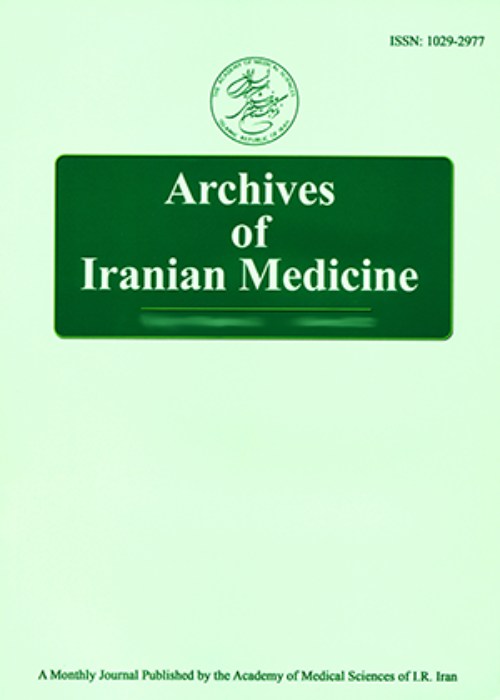Expanding the Molecular Spectrum of HK1-Related Charcot-Marie-Tooth Disease, Type 4G; the First Report in Iran
Charcot-Marie-Tooth disease type 4G (CMT4G) was first reported in Balkan Gypsies as a myelinopathy starting with progressive distal lower limb weakness, followed by upper limb involvement and prominent distal sensory impairment later in the patient’s life. So far, CMT4G has been only reported in European Roma communities with two founder homozygous variants; g.9712G>C and g.11027G>A, located in the 5’-UTR of the HK1 gene. Here, we present the first Iranian CMT4G patient manifesting progressive distal lower limb weakness from 11 years of age and diagnosed with chronic demyelinating sensorimotor polyneuropathy. Whole-exome sequencing for this patient revealed a homozygous c.19C>T (p. Arg7*) variant in the HK1 gene. This report expands the mutational spectrum of the HK1-related CMT disorder and provides supporting evidence for the observation of CMT4G outside the Roma population. Interestingly, the same Arg7* variant is recently observed in another unrelated Pakistani CMT patient, proposing a possible prevalence of this variant in the Middle Eastern populations.
- حق عضویت دریافتی صرف حمایت از نشریات عضو و نگهداری، تکمیل و توسعه مگیران میشود.
- پرداخت حق اشتراک و دانلود مقالات اجازه بازنشر آن در سایر رسانههای چاپی و دیجیتال را به کاربر نمیدهد.



